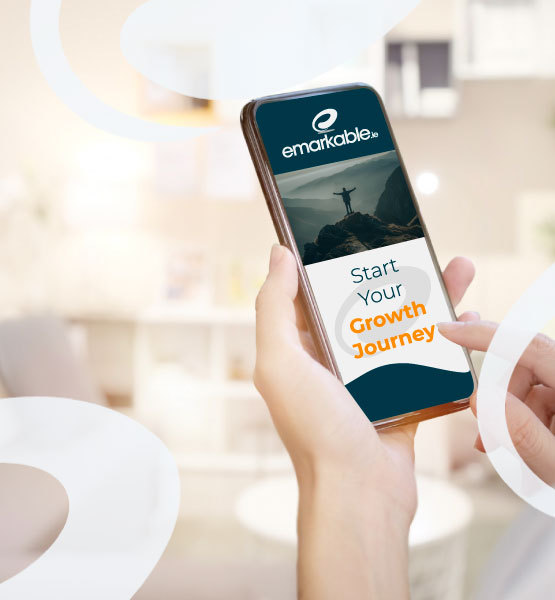Empathy Maps and Their Ability to Improve Your User Experience
Today, user experience is one of the most important metrics of a successful website. Consumers are savvier than ever, and they expect a lot out of the companies they patronise. If you are not able to live up to their expectations when they land on your website, they will bounce out very quickly. If your website is failing to convert, or you’re seeing an overall lack of success, it’s worth checking the user experience you’re offering before doing anything else. How do you do that, though? Empathy maps can help.
What Are Empathy Maps?
Not sure what an empathy map is, much less how one could help you delve into your user experience? It is nothing more than a tool that helps you better understand your website visitors, in much the same way that customer personas do, or email list segmentation, for that matter. With an empathy map, you are able to condense vital considerations of the user experience and user expectations into chart form, allowing you to determine exactly what they want from your website, rather than having to guess.
Why Are Empathy Maps Needed?
No matter what your industry or niche might be, you are not the only player. You have competition, and they are probably dissimilar from your own company in key ways. Empathy maps help you determine what it is about your own company that appeals to your customers by addressing what it is that they want and need from you and how you can deliver that in a unique way.
It’s also about ensuring that your website design is grounded in a good understanding of your audience. Without really knowing who it is that you’re serving, you cannot fill their needs or meet their expectations. You cannot deliver the optimum user experience. With an empathy map, you’re able to put your observations about audience needs and expectations into a visual format and draw unexpected insights.
With empathy maps, you are able to translate all those tidbits of information you know about your audience into a holistic visualisation of them as human beings. It’s about fleshing out those personas, transforming them from two-dimensional, simplistic summations into something more closely resembling living, breathing people.
How Do Empathy Maps Affect User Experience?
One of the most important capabilities of empathy maps is the ability to identify questions that need to be answered before you create any sort of user experience, including your business website. These maps allow you to flesh out problems, challenges, and other issues that your experience will need to address.
They also help ensure that your entire team is focusing on the users themselves, rather than on the mechanics of the experience creation process. For instance, it’s easy to get lost in developing mood boards, fleshing out your brand story, or designing a microsite, while losing sight of why you’re doing it in the first place (to bring value to your audience).
For instance, using an empathy map, you can answer questions such as what your customers are feeling when they discover your brand, or what questions they might have revolved around your products. You can anticipate what led your customers to you in the first place, whether that is a problem in their own life, a shortcoming in a competitor, or something else. You can also better define what your customers gain from using your services or products, as well as what the most common pain points are among your audience members.
Building an Empathy Map
So, how do you go about building empathy maps? It’s not all that difficult. Really, it’s more about collecting all the information you have about your customers and putting it into one place. Your map should focus on what your users think, feel, say, and do, and then combine that information with your users/customer personas. Some of the things you’ll be able to identify with your information include:
• User identities
• User worries
• Customer reactions
• Customer feedback
• Customer opinions of your brand
Conclusion
In the end, empathy maps help you do what you should have been doing from the very beginning – designing an experience that puts your users first. Ultimately, your business is about your customers and how you can help them, and your website should deliver an experience that supports that mission.





